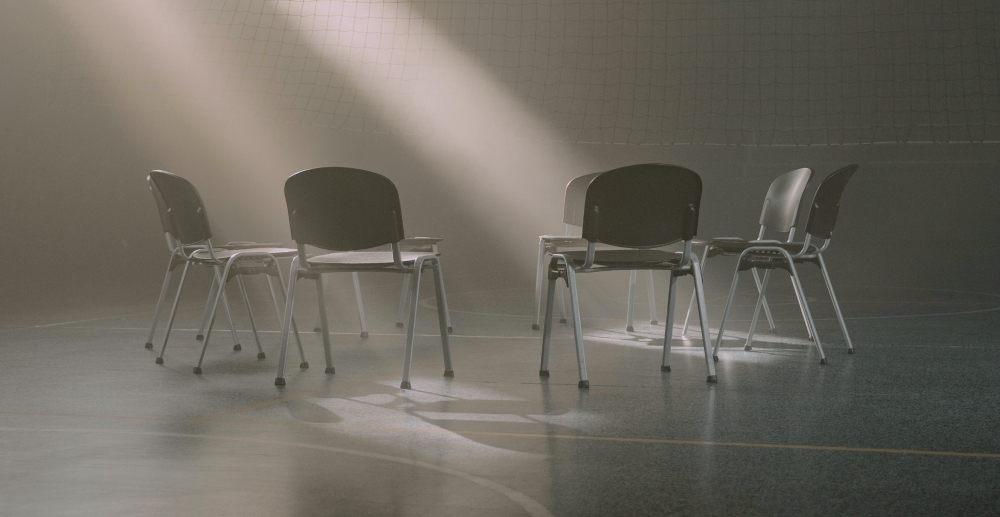While addiction can be a painful struggle, we are fortunate to live in a time with a lot of resources that can make recovery more achievable. In the past, we’ve shared tools and tips on this blog that come from 12-step groups and from various therapy modalities. Today, I want to talk about a tool that comes from SMART Recovery, which is a mutual support program.
This tool can be helpful for coping with cravings. Cravings are very normal in recovery (and especially common in early recovery), but being common doesn’t make them easy to handle. The next time a craving to drink or use crops up, use the mnemonic DEADS to help you get through it. Each of the components can be useful on its own, and working through all five can be especially effective.
D—Delay
Cravings are an intense urge to drink or use. They can feel overwhelming and all-consuming while they last, but they don’t last forever. In fact, most of them only last a few minutes. So the first letter in DEADS stands for “delay.” Instead of impulsively giving in to the craving, put off drinking or using for now. You don’t have to worry about forever … just decide that you’re not going to pick up a substance right now.
Some people literally set a timer to wait out (they reset it if the time is up before the craving is). You could also put on an episode of TV or a podcast. Tell yourself that you’ll deal with the craving after the episode is over, but that you’re definitely not going to drink or use until then. Or wait out a long song (like Guns N Roses’ November Rain). Most of the time, the intensity of the craving will fade if you give it 10-15 minutes.
E—Escape
The E stands for escape, or getting away from whatever is triggering your craving. Physically get up and move.
Escaping is most helpful when you can identify what the trigger is. Triggers can vary widely from person to person. Maybe the group eating at the next table in the restaurant is drinking “your” brand of beer. Maybe you’re having an uncomfortable conversation that is triggering a craving to use. Maybe you always used to get loaded in your room at a particular time of day, and being there is causing a craving.
Whatever is causing your craving, getting away from that trigger can help to relieve it. If for some reason you really can’t leave, even going to a different room can sometimes help.
A—Avoid and Accept
The A stands for more than one thing: avoid and accept (and I’ve also seen ‘attack’ included here).
Avoiding is about planning ahead to stay away from things, people, and situations that you know are likely to trigger you. This is a really important part of protecting your recovery.
Accepting means recognizing that cravings happen sometimes. They suck and they’re uncomfortable, but they’re also normal and survivable. They aren’t a sign of anything, and they don’t mean that you have to drink or use.
D—Distract
The second D stands for distract. Direct your attention toward something else, other than the craving.
Have you ever noticed that it’s hard to force yourself to stop thinking about something? That’s because you’re still putting your energy into that thing … just into trying to mentally keep away from it. To avoid this pitfall, don’t fuss about not thinking about the craving. Instead, focus on actively thinking about or doing something else entirely.
I have friends who distract themselves from cravings with the beauty of nature, and friends who distract by playing video games. Almost any healthy activity will do, from braiding your friend’s hair to drawing a mandala to calling a family member to cooking something that requires attention. Just do not sit and stew on how much you’re craving a substance.
S—Substitute
The S stands for substitute. This is about countering the sneaky negative thoughts and lies that we tell ourselves. Here at Workit Health, we often call these “auto thoughts,” because they can become so habitual that they seem automatic. We counter auto thoughts with their antidotes: healthier, more rational thoughts. This may feel awkward and fake at first, but it’s an important part of building more positive thought patterns in recovery.
If you have a thought like, “I’m bound to drink again; this is hopeless,” you can counter it with a more realistic one, like, “I’m not a fortune teller, so I don’t know what the future holds. But for right now, I’m choosing not to drink.”
If you have an unkind thought like, “I’m sober today, but I’m still a loser. My buddy never had an addiction to start with, so I’ll never catch up to him,” you can counter it with friendlier self-talk. “I’m making real progress in my recovery. It’s hard sometimes, but it will keep getting easier over time.”
So there you have it. DEADS is a useful way to remember a helpful set of strategies for getting through cravings so that you can keep your recovery on track.








